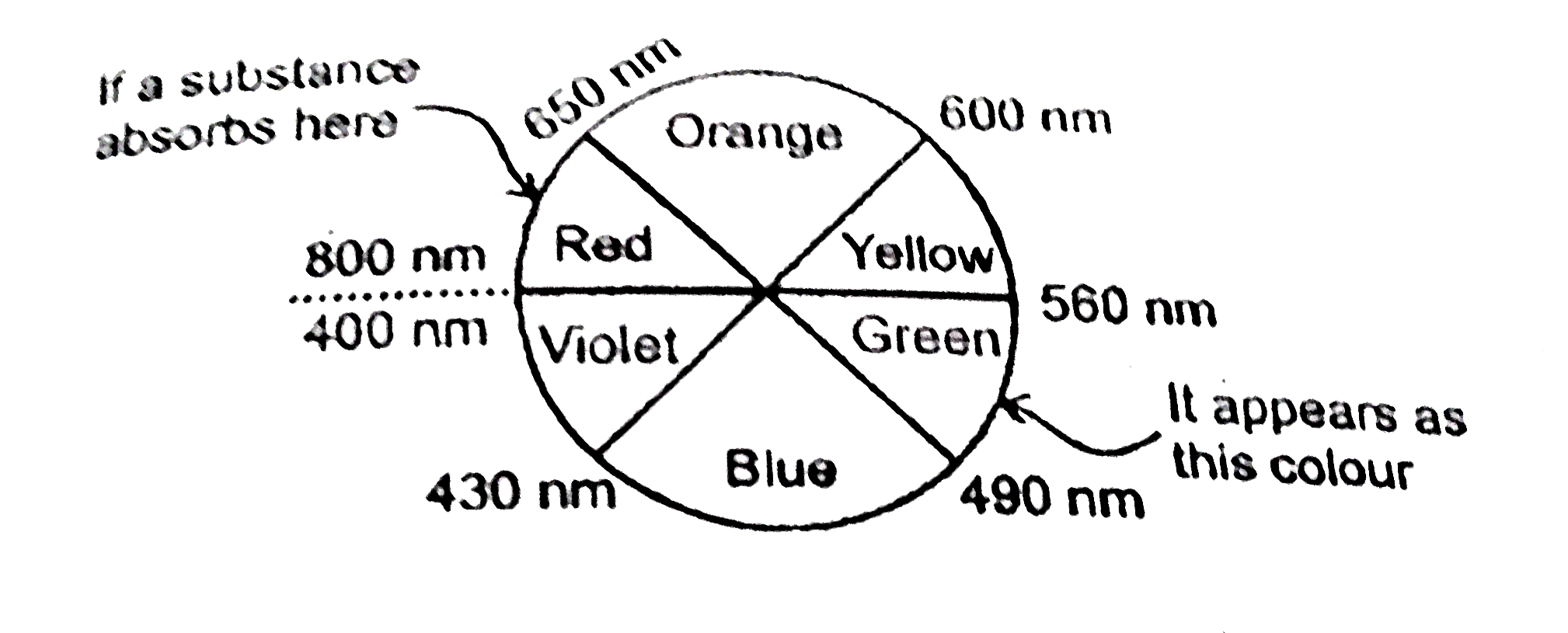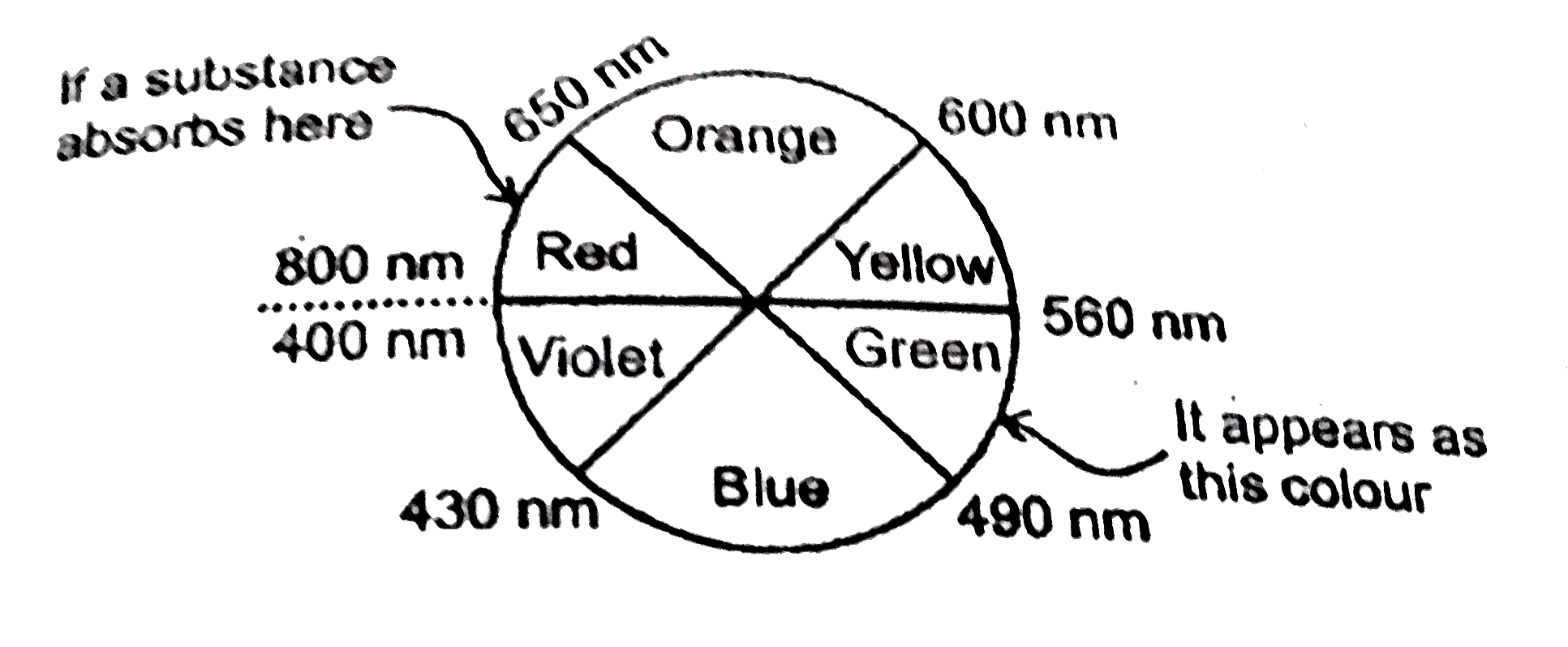Several factors (steric, electronic, orbital interactions etc. ) can affect the inversion barrie of an amine. In the givne pair which data is corretly placed?

△G≠=7.9kcal/mol △G≠=0.2kcal/mol


All of these
The correct Answer is:D
(a) The barrier to inversion for i−Pr2 NMe is less than for Me3N because going from sp3 (tetrahcedral ) to sp2 (trigonal planar ) sperads the bulky isopropyl groups futher apart and relieves steric crowing . In other words the isopropyl groups destabilize the pyramidal amine more than the planar transition structure.

(b) The sp2 transition state has ideal bond angle of ~120∘ . The member rings T.S is highly strained becaouse it cannot achieve 120∘ due to the small ring locking the anges at ~60∘ . The-5 membered ring can easily adopt 120∘ angle .

(c) As the nitrogen goes from sp3→sp2 , It becomes effectively more electronegative. (Remember : more s-character means more electronegative ) The electronegative chlorine atoms pull electron density away from N more than the methyl groups, creating an electron deficient N, and destabilising the T.S

Topper's Solved these Questions
- GENERAL ORGANIC CHEMISTRYBOOK - MS CHOUHANCHAPTER - GENERAL ORGANIC CHEMISTRYEXERCISE - LEVEL- 1
1 Videos
- FAMILIES OF CARBON COMPOUNDS: FUNCTIONAL GROUPS AND INTERMOLECULAR FORCES BOOK - MS CHOUHANCHAPTER - FAMILIES OF CARBON COMPOUNDS: FUNCTIONAL GROUPS AND INTERMOLECULAR FORCES EXERCISE - ADDITIONAL OBJECTIVE QUESTIONS ( Matrix Match Type )
4 Videos
- GRIGNARD REAGENTSBOOK - MS CHOUHANCHAPTER - GRIGNARD REAGENTSEXERCISE - Level 1 (Q.61 To Q.66)
1 Videos
Similar Questions
The molecule , which are electron deficient having tendency to form back bonding, in which transfer of lone pair of electron from filled orbital of an atom to the vacant orbital of the adjacent atom. While some electron deficient species which are not capable to form back bonding, then driving forces occurs for dimerisation/polymerisation to achieve octet temporily or permanently by the monomeric species.
Which of the following readily gets combined with lewis base (NH3,CH3NH2,C5H5Netc)
View SolutionConsider the following statements and arrange in the order of true/false as given in the codes.
S1:In modern periodic table each block contains a number of columns equal to the number of electrons that can occupy that sub-shell
S2:The greatest increase in ionization enthalpy is experienced on removal of electron from core noble gas configuration
S3 :The size of the isoelectronic species is effected by eletron-electron interaction in the outer orbitals
S4:Any thing that influences the valence electrons will affect the chemistry of the element and the valence shell is not affected by nuclear mass.
View Solution
Knowledge Check
Crystal field theory views the bonding in complexes as arising from electrostatic interaction and considers the effect of the ligand charges on the energies of the metal ion d-orbitals
In this theory, a ligand lone pair is modelled as a point negative charge that repels electrons in the d-orbitals of the central metal ion.The theory concentrated on the resulting splitting of the d-orbitals in two groups with different energies and used that splitting to rationalize and correlate the optical spectra,thermodynamic stability, and magnetic properties of complexes.This energy splitting between the two sets of d-orbitals is called the crystal field splitting Δ.
In general, the crystal field splitting energy Δ corresponds to wavelenght of light in visible region of the spectrum, and colours of the complexes can therefore be attributed to electronic transition between the lower and higher energy sets of d-orbitals.
In general, the colour that we see is complementry to the colour absorbed.

Different metal ions have different value of Δ, which explains why their complexes with the same ligand have different colour.
Similarly the crystal field splitting also depends on the nature of ligands and as the ligand for the same metal varies from H2O to NH3 to ethylenediamine, Δ for complexes increase.Accordingly, the electronic transition shifts to higher energy (shorter wavelength) as the ligand varies from H2O from NH3 to en, thus accounting for the variation in colour.
Crystal field theory accounts for the magnetic properties of complexes in terms of the relative values of Δ and the spin pairing energy P. Small Δ values favour high spin complexes, and large Δ values favour low spin complexes.
Which of the following complexes are diamagnetic ?
[Pt(NH3)4]2+[Co(SCN)4]2−[Cu(en)2]2+[HgI4]2−square planartetrahedralsquare planartetrahedral(i)(ii)(iii)ivA(i) and (ii)B(ii) and (iii)C(i) and (iv)D(iii) and (iv)Crystal field theory views the bonding in complexes as arising from electrostatic interaction and considers the effect of the ligand charges on the energies of the metal ion d-orbitals
In this theory, a ligand lone pair is modelled as a point negative charge that repels electrons in the d-orbitals of the central metal ion.The theory concentrated on the resulting splitting of the d-orbitals in two groups with different energies and used that splitting to rationalize and correlate the optical spectra,thermodynamic stability, and magnetic properties of complexes.This energy splitting between the two sets of d-orbitals is called the crystal field splitting Δ.
In general, the crystal field splitting energy Δ corresponds to wavelenght of light in visible region of the spectrum, and colours of the complexes can therefore be attributed to electronic transition between the lower and higher energy sets of d-orbitals.
In general, the colour that we see is complementry to the colour absorbed.

Different metal ions have different value of Δ, which explains why their complexes with the same ligand have different colour.
Similarly the crystal field splitting also depends on the nature of ligands and as the ligand for the same metal varies from H2O to NH3 to ethylenediamine, Δ for complexes increase.Accordingly, the electronic transition shifts to higher energy (shorter wavelength) as the ligand varies from H2O from NH3 to en, thus accounting for the variation in colour.
Crystal field theory accounts for the magnetic properties of complexes in terms of the relative values of Δ and the spin pairing energy P. Small Δ values favour high spin complexes, and large Δ values favour low spin complexes.
Which of the following statements is incorrect ?AThe Ni2+ (aq) cation is coloured because Ni2+ ion can absorb light, which promotes electrons from the filled d-orbitals to the higher energy half filled d-orbitalsBThe Zn2+ (aq) cation is colourless because the d-orbitals are completely filled and no electrons can be promoted, so no light is absorbedCA complex which has just one absorption band at 455 nm, must be red colouredDNoneCrystal field theory views the bonding in complexes as arising from electrostatic interaction and considers the effect of the ligand charges on the energies of the metal ion d-orbitals
In this theory, a ligand lone pair is modelled as a point negative charge that repels electrons in the d-orbitals of the central metal ion.The theory concentrated on the resulting splitting of the d-orbitals in two groups with different energies and used that splitting to rationalize and correlate the optical spectra,thermodynamic stability, and magnetic properties of complexes.This energy splitting between the two sets of d-orbitals is called the crystal field splitting Δ.
In general, the crystal field splitting energy Δ corresponds to wavelenght of light in visible region of the spectrum, and colours of the complexes can therefore be attributed to electronic transition between the lower and higher energy sets of d-orbitals.
In general, the colour that we see is complementry to the colour absorbed.

Different metal ions have different value of Δ, which explains why their complexes with the same ligand have different colour.
Similarly the crystal field splitting also depends on the nature of ligands and as the ligand for the same metal varies from H2O to NH3 to ethylenediamine, Δ for complexes increase.Accordingly, the electronic transition shifts to higher energy (shorter wavelength) as the ligand varies from H2O from NH3 to en, thus accounting for the variation in colour.
Crystal field theory accounts for the magnetic properties of complexes in terms of the relative values of Δ and the spin pairing energy P. Small Δ values favour high spin complexes, and large Δ values favour low spin complexes.
The [Ti(NCS)6]3− ion exhibits a single absorption band at 544 nm.What will be the crystal field splitting energy (in kJ mol−1) of the complex ? (h=6.626×10−34J.s,C=3.0×105m/s,NA=6.02×1023 ions/mole.A240B220C270D250
Which of the following has vacant orbitals, that can accept a lone pair of electron?
View SolutionAmines are basic compounds They act as Lewis base due to the presence of lone pair electrons at nitrogen

Amines aho behave as base as well as Bronsted inductive effect, steric hindrance and resosnance.
CH3−NH2+HOH⇔CH3−NH+3+OH−
CH3−NH2+H+Cl−⇔CH3−NH+3+Cl−
Alkyl groups and electron groups hence these groups increases the electron density at nitrogen as well as the basic amines character of amines. Basic character of teritary amines is reduced due to the steric hindrance of three alkyl groups. Experimentally it is observed that stronger bases have smaller values of pKb greater value of Kb.
Which among the following factors in fluence the basicity of amines?
I-the inductive effect of alkyl group
II-the polar effect
III-the resonance
View SolutionAmines are basic compounds They act as Lewis base due to the presence of lone pair electrons at nitrogen

Amines aho behave as base as well as Bronsted inductive effect, steric hindrance and resosnance.
CH3−NH2+HOH⇔CH3−NH+3+OH−
CH3−NH2+H+Cl−⇔CH3−NH+3+Cl−
Alkyl groups and electron groups hence these groups increases the electron density at nitrogen as well as the basic amines character of amines. Basic character of teritary amines is reduced due to the steric hindrance of three alkyl groups. Experimentally it is observed that stronger bases have smaller values of pKb greater value of Kb.
Which among hte following is the most basic in aqueous medium?
View SolutionAmines are basic compounds They act as Lewis base due to the presence of lone pair electrons at nitrogen

Amines aho behave as base as well as Bronsted inductive effect, steric hindrance and resosnance.
CH3−NH2+HOH⇔CH3−NH+3+OH−
CH3−NH2+H+Cl−⇔CH3−NH+3+Cl−
Alkyl groups and electron groups hence these groups increases the electron density at nitrogen as well as the basic amines character of amines. Basic character of teritary amines is reduced due to the steric hindrance of three alkyl groups. Experimentally it is observed that stronger bases have smaller values of pKb greater value of Kb.
Which of the following is the most basic?
View SolutionAmines are basic compounds They act as Lewis base due to the presence of lone pair electrons at nitrogen

Amines also behave as base as well as Bronsted inductive effect, steric hindrance and resosnance.
CH3−NH2+HOH⇔CH3−NH+3+OH−
CH3−NH2+H+Cl−⇔CH3−NH+3+Cl−
Alkyl groups and electron groups hence these groups increases the electron density at nitrogen as well as the basic amines character of amines. Basic character of teritary amines is reduced due to the steric hindrance of three alkyl groups. Experimentally it is observed that stronger bases have smaller values of pKb greater value of Kb.
Which among the following is the most basic in aqueous medium?
View Solution
